LONG EXPOSURE PHOTOGRAPHY TIPS
Have you always wondered how to make a photo with silky water? Do you like to learn how to photograph the stars at night? Or would you like to shoot in the city at night and make a picture with light trails from passing cars? Then you need to know how to make a long exposure photo! Creating slow shutter speed photos is a lot of fun, but there are some techniques that you need to learn to master long exposure photography. Most important is to realize what a slow shutter speed does and how many seconds your exposure needs to be. So in this complete guide we’ll give you lots of long exposure photography tips so you can create slow shutter speed photos yourself!
In this blog post you will learn the following:
- What is a long exposure?
- What do you need to make a long exposure photo?
- How to prepare for a long exposure photo?
- Long exposure photo ideas.
- How to shoot a long exposure photo?
- Best settings for a long exposure photo.
What is a long exposure photo?
The words “long exposure” means that you expose the sensor of your camera to receive more light because you keep the shutter open for a longer period of time. With other words, it is a slow shutter speed photo. With moving objects and a longer duration of the shutter speed, this results in motion blur. This motion blur can be used in different techniques like light trails from passing cars, smooth out water from a running stream or waterfall, but also gives you the possibility to photograph the stars.
Below you can see what a long exposure does with a waterfall. The first photo is taken with a shutter speed of 1/125 second which shows the water falling down as seen with the human eye. The second photo is taken with a shutter speed of 1/3 second which smooths out the water what results in silky water. What you like more depends on your own taste!
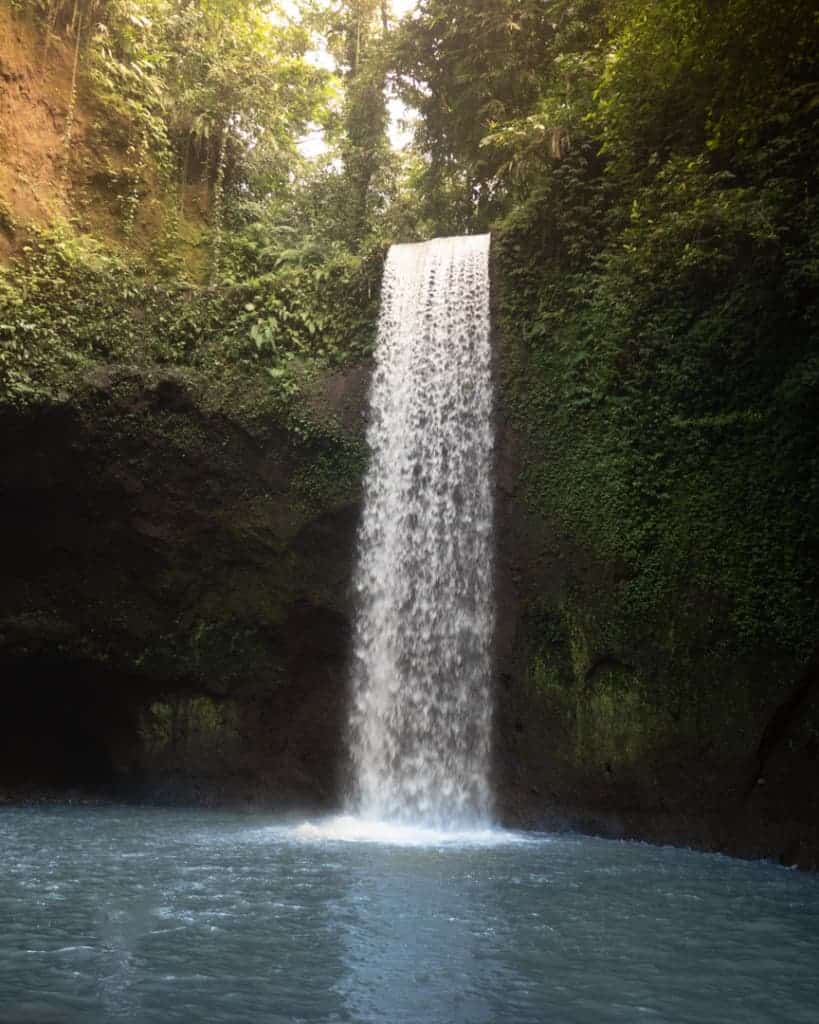

What do you need to make a long exposure photo?
- Tripod or Gorillapod;
- ND filters (Neutral Density filters, like sunglasses for your lens). Only if you are planning to shoot a long exposure photo during daytime;
- Remote control or app on your phone which you can connect to your camera to click the shutter button. This to prevent for you to touch your camera and avoid movement during the long exposure.


Long exposure photography preparation tips
- Create a plan and make sure to check the weather conditions. This is not only important when creating long exposure shots, you have to be aware of the weather conditions anytime you go out for shooting. Scout your location through Instagram or Google and find some photo examples. Watching YouTube vlogs or videos of the location might also be a good way of preparing yourself;
- Make sure your batteries are fully charged and you have a reserve battery with you;
- Enough memory card space;
- Take a lens cloth with you so you can clean your lens, especially when photographing waterfalls or close to sea water;
- Pick a good, and safe, spot. Make sure your tripod is stable on the ground, so that wind or waves can’t bring it out of balance. Wrap the strap of your camera around the tripod, to prevent the belt from striking the tripod by the wind and causing vibration, which will result in blur as well;
- Do test shots! Don’t start shooting right away. Always do some test shots to ensure you are getting the right framing, composition, shutter speed, exposure and focus;
- Last but not least, make sure your lens is clean. Nothing so annoying than seeing your photos on big screen and find out that there were some dirt spots on your lens… Takes extra time in the post-production
Always make sure your lens is clean before you start photographing.
Long exposure photography ideas
As long as there is movement, you can make a long exposure photo. Here are some ideas you can use for making a long exposure photo.
- Light trails of passing cars;
- Waterfalls;
- Running stream;
- Seawater rolling over rocks;
- Clouds (and the sea);
- Star photography;
- Lightning during a thunderstorm;
- Passing people in a city.




How to shoot a long exposure photo
- Framing and position are key. Arriving on time gives you the possibility to visualize the scene and find the best framing and position. Leave your gearbag and tripod at a safe place and take a walk around the area, imagine the long exposure shot. Take a look at the scene and find the best location and composition. A long exposure is completely different from how you see it with your own eyes. You have to try to see it with your mind, looking for a harmonious composition that includes moving subjects, trying to predict the direction of the clouds or the force of the sea.
- Stabilize your camera for the long exposure. The best way to make a long exposure is to mount your camera on a tripod. But, sometimes the location doesn’t allow you to shoot with a tripod. For example because of difficult surroundings or because you can’t bring a tripod somewhere inside. Luckily most cameras have a very good image stabilization that allows you to shoot a long exposure when holding the camera. Of course you have to have stable hands and hold the camera very still during the time of your long exposure. If you mount your camera on your tripod, make sure to switch off image stabilization (also known as OIS).
- Do test shots and try different angles if the place where you shoot gives you the possibility for that.

Long exposure photography camera settings
If you understand the theory of long exposure and what it technically does inside your camera, it is easier to find the right settings on your camera. You expose the sensor of your camera to more light because you keep the shutter open for a longer period of time, so you have to adjust the other settings.
- ISO. Keep your ISO as low as possible (100). This because during the daytime there is already enough light coming into the sensor. With night photography this is different and you need a higher ISO. Read here more about night photography.
- Aperture. Because there is more light coming into the sensor, you need to adjust your aperture to F11 – F16, or sometimes even F22. This is not the same with night photography, then you’ll need to set your diaphragm wide open, for example on F1.4.
- Shutter speed. Depending on the speed of the movement of your subject and the effect you want to achieve you have to try some different settings of shutter speed. Especially when you want to achieve long exposures during the daytime, it’s often necessary to use ND filters which cuts down the light entering the lens.
- Focus. Focus manually and then turn off the autofocus. With an ND filter, you have to focus on your subject before you install the ND filter because a filter is usually too dark to be able to focus on your subject.
- Put on an ND filter if necessary. How strong your ND filter should be, depends on the effect you are aiming for, how much light is present at that moment and the speed of movement of the subject to be photographed.
More photography tips
I hope you learned something about making a long exposure photo! If you have more questions about long exposure photography, then don’t hesitate to ask them in the comments! We are happy to answer them and help you.
For more photography tips, read our other blogs:

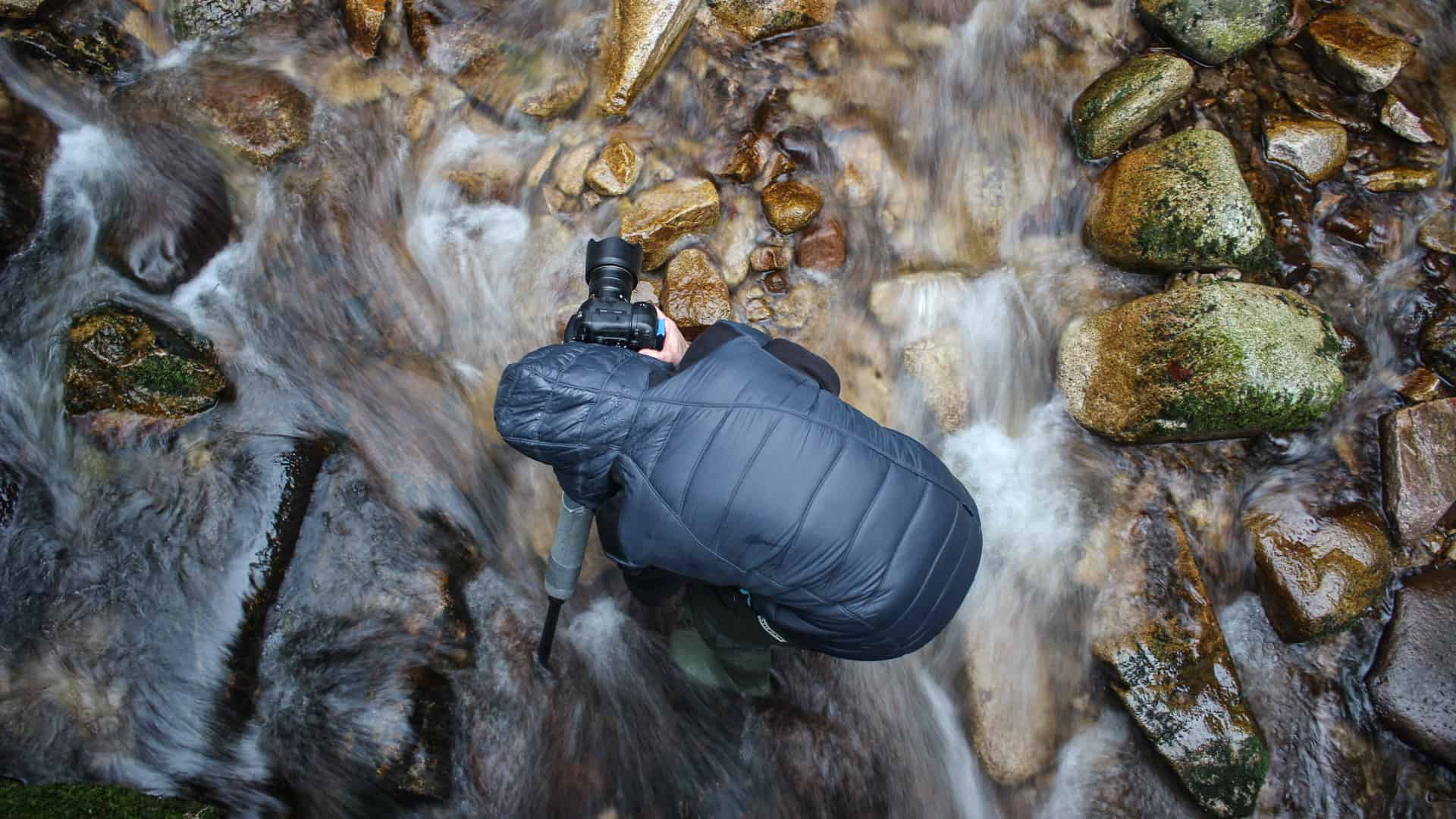

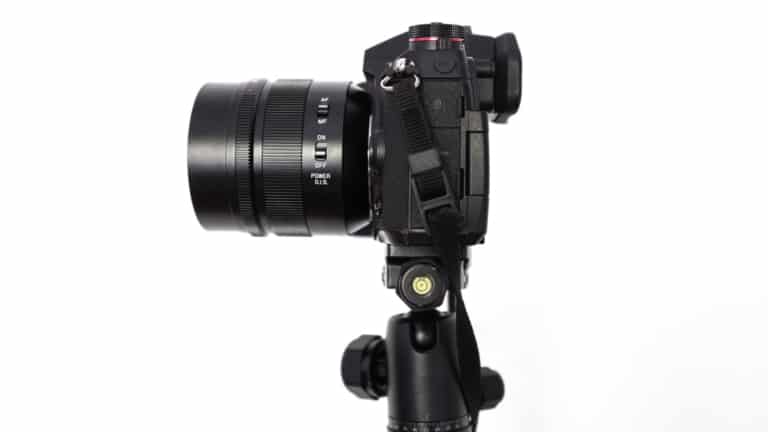

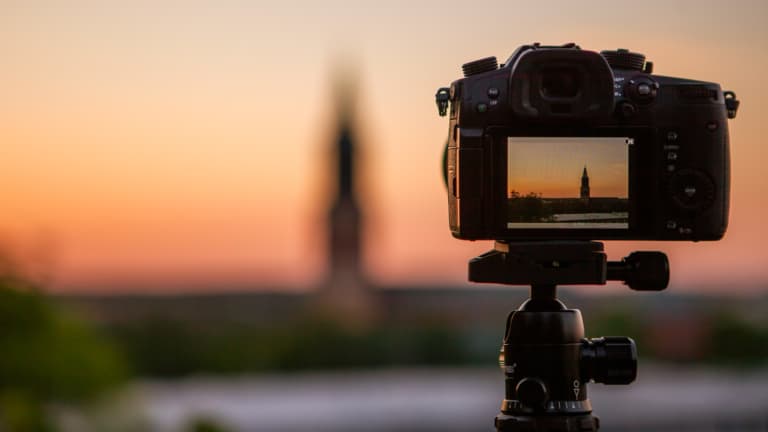
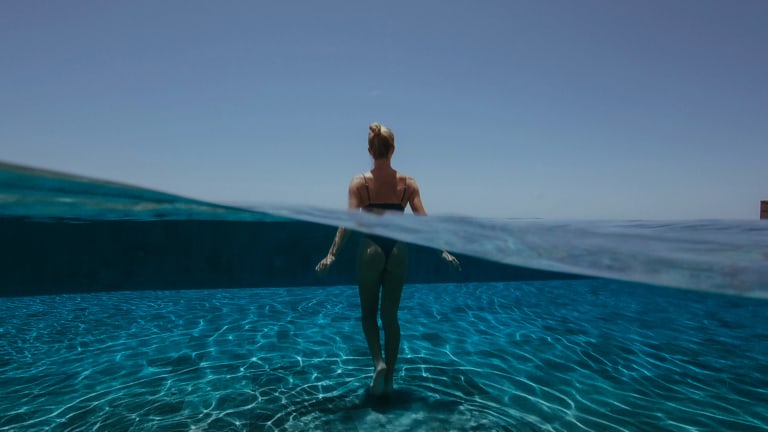
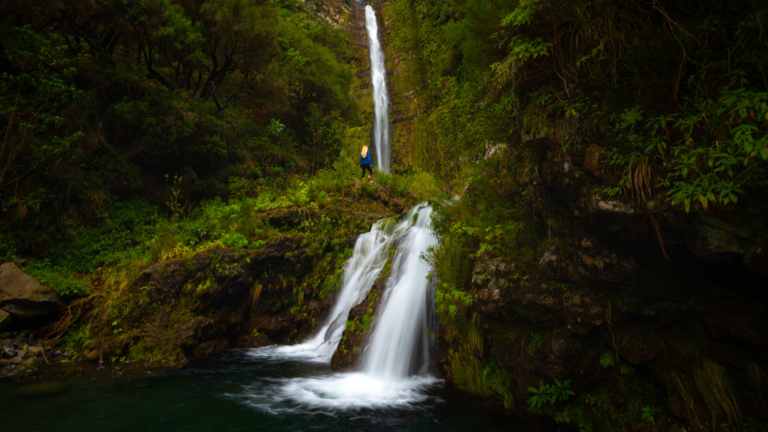
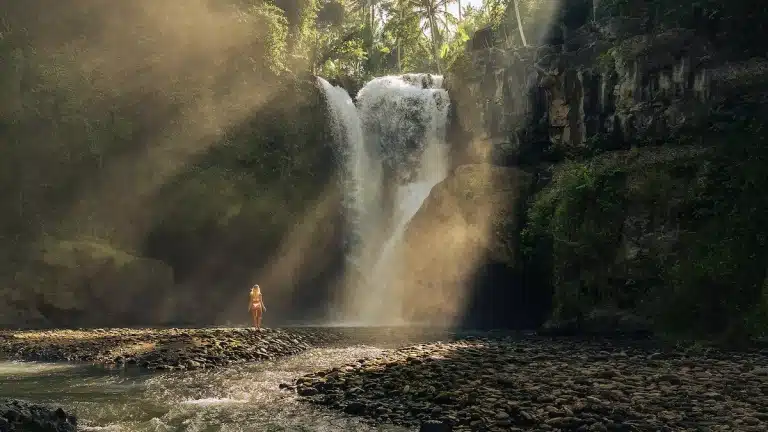
This post may contain affiliate links
We hope this guide will help you plan your travels! If you consider booking your accommodation, tours or rental car via our affiliate links, you support this blog because we earn a small commission at no additional cost to you!